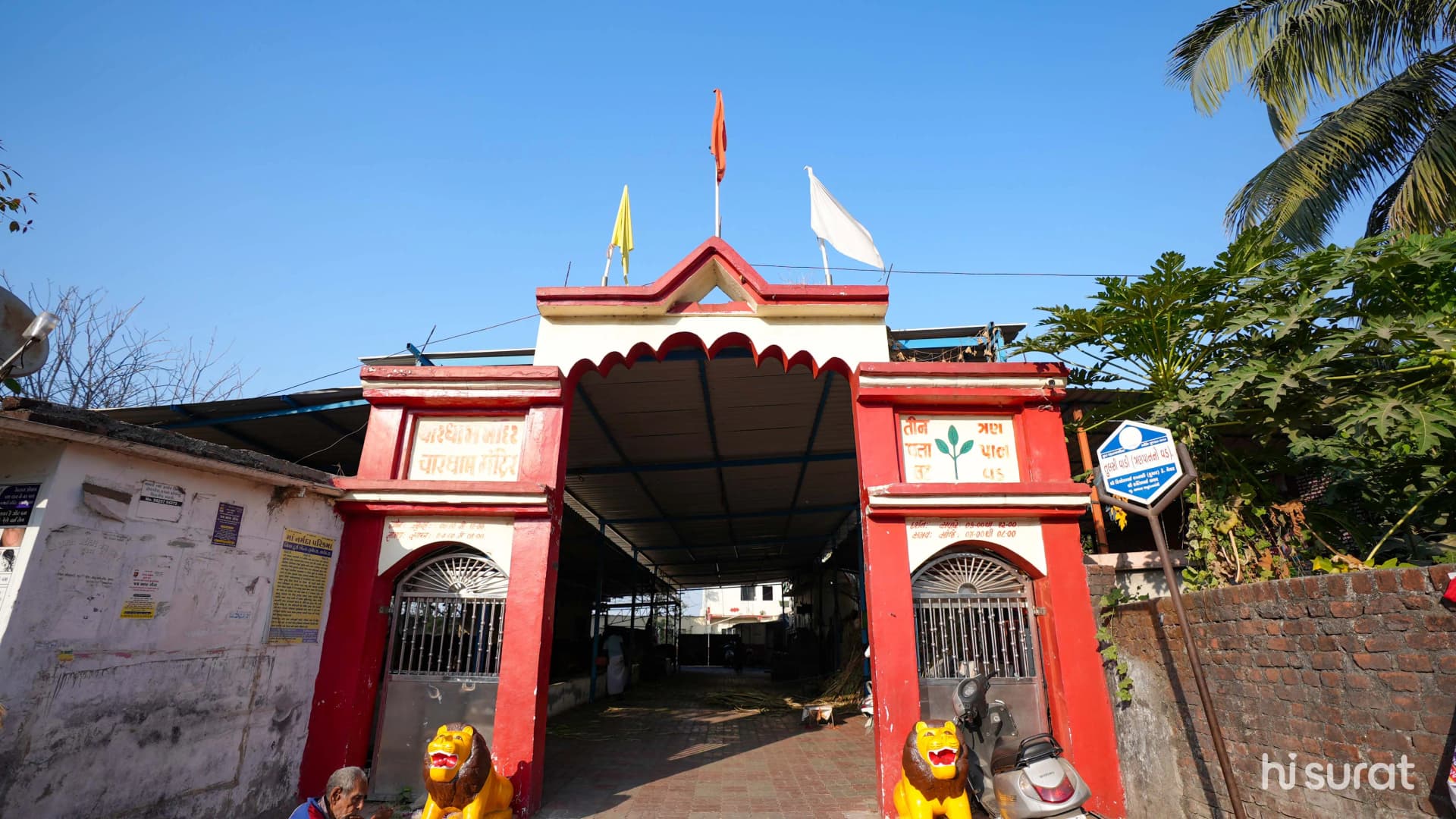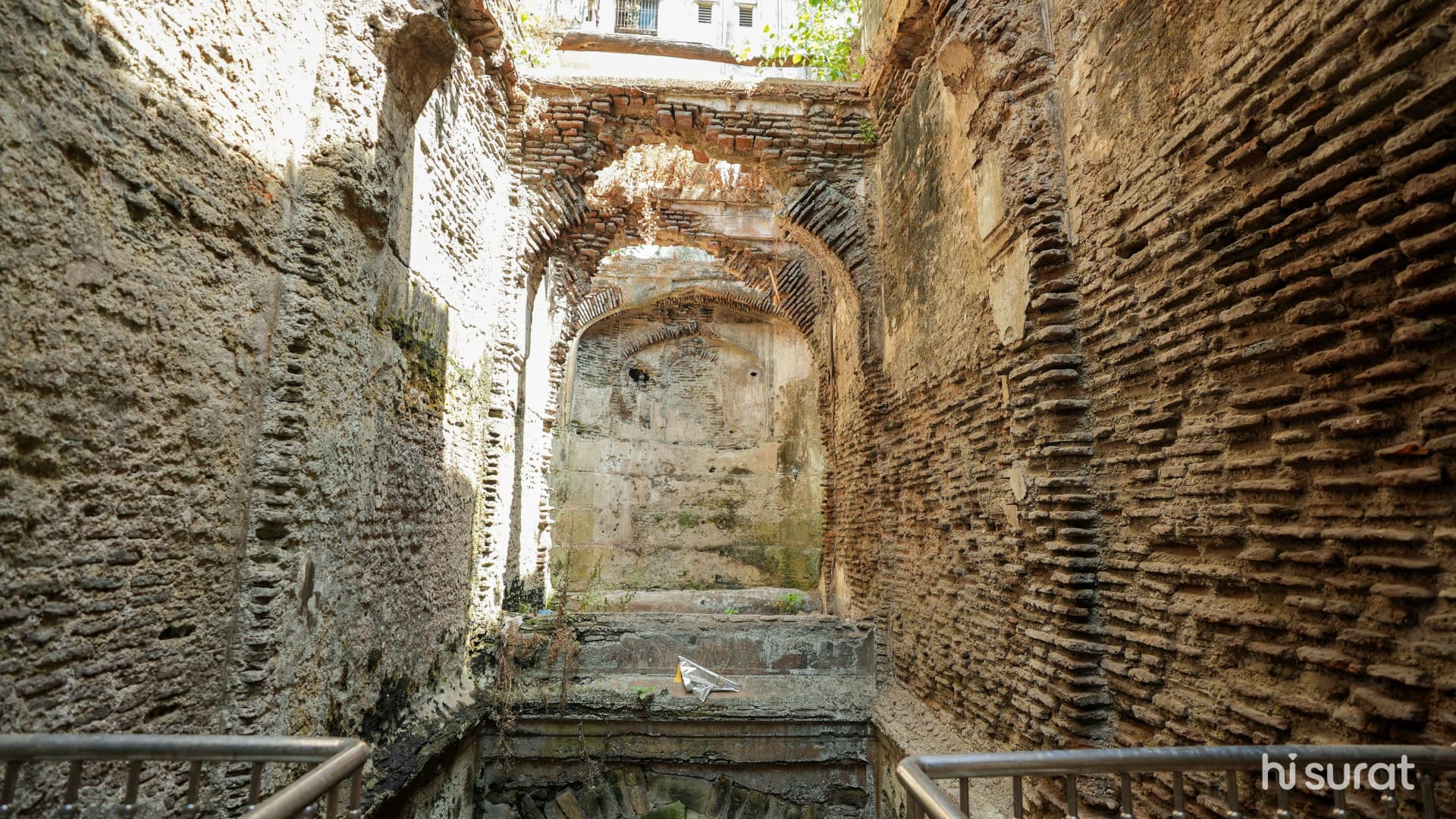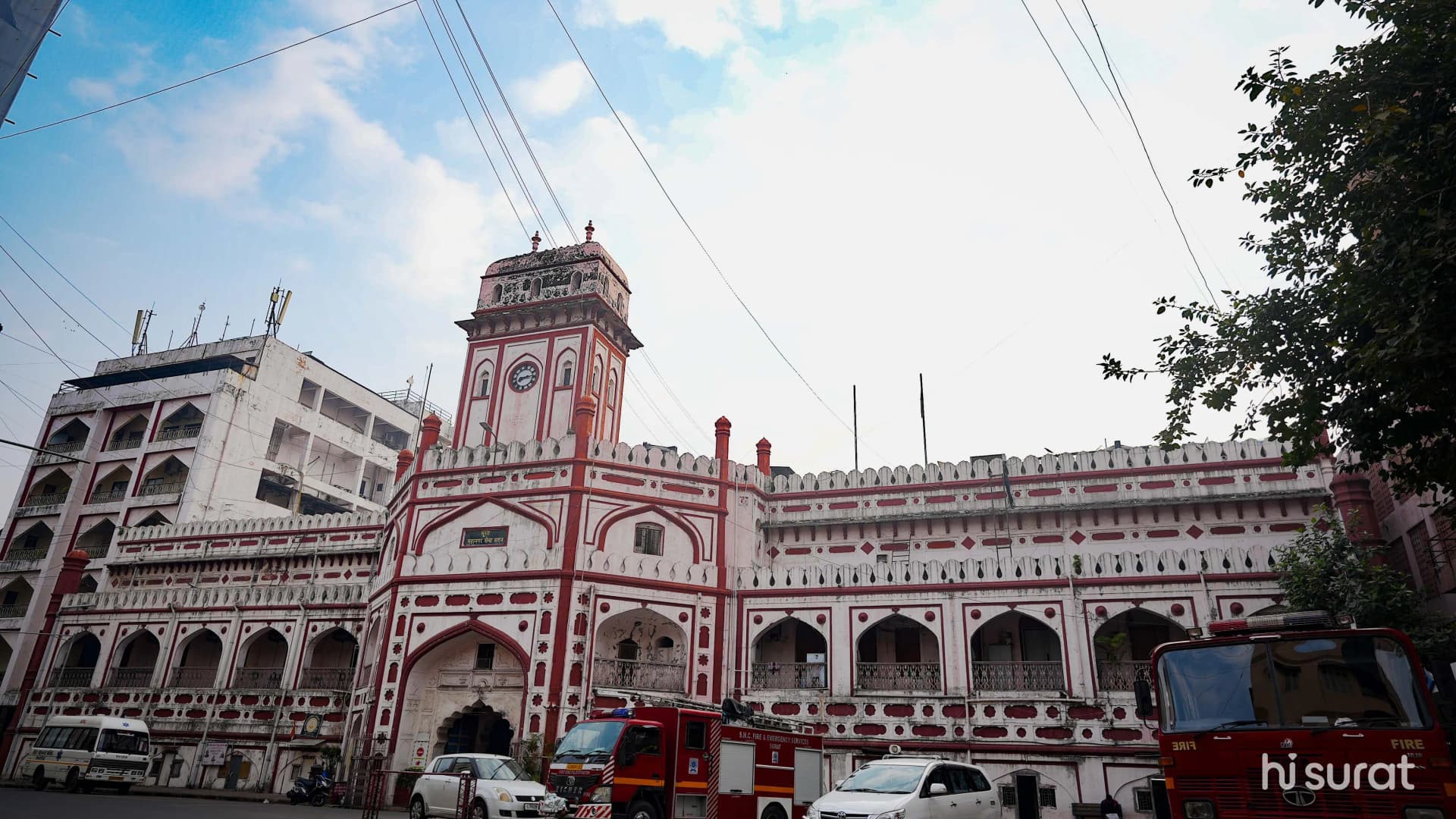Mughal Sarai
Mughal Sarai in Surat is a significant historical monument that reflects the city's rich heritage and its role as a major port during the Mughal era.
🏛️ Historical Overview
- Construction Year: 1644 CE
- Commissioned By: Ishaq Beg Yazdi, a prominent official under Mughal Emperor Shah Jahan
- Purpose: Built as a caravanserai (travellers' inn) to accommodate pilgrims, especially those journeying to Mecca for Hajj, and merchants visiting the bustling port city of Surat
Ishaq Beg Yazdi, also known as Hakikat Khan, was entrusted with the management of Surat's revenues, which were allocated by Shah Jahan to his daughter, Jahanara Begum. The construction of the sarai was funded through these state revenues, emphasizing its importance as a public utility rather than a private endowment.
🏗️ Architectural Features
- Design: Exemplifies Mughal architectural style with symmetrical layouts, ornate arches, and intricate carvings.
- Structure: Features a central courtyard surrounded by rooms that once housed travelers.
- British Additions: A clock tower was added during the British colonial period, blending colonial architectural elements with the original Mughal design.
The sarai's inscriptions, originally placed at its entrance, detailed its purpose and guidelines for use. These inscriptions were later transferred to the Chhatrapati Shivaji Maharaj Vastu Sangrahalaya in Mumbai for preservation.
🕰️ Evolution Over Time
- 18th Century: Repurposed as a jail during periods of unrest.
- 1857: Used to detain political prisoners during the Indian Rebellion.
- 1867: Converted into the office of the Surat Municipal Corporation (SMC Central Zone), a function it continues to serve today.
Amenities & Features of Mughal Sarai, Surat
- Historical Architecture: Well-preserved Mughal-era Indo-Islamic architectural design with courtyards and arches.
- Resting Areas: Originally had multiple rooms to accommodate travelers and merchants.
- Security: High walls and gated entrances provided safety for pilgrims and traders.
- Central Courtyard: Open space used for gatherings and resting animals like camels or horses.
- Proximity to Markets: Located near Chowk Bazaar, offering easy access to shopping and local cuisine.
- Accessibility: Easily accessible from Surat city center and close to public transport.
- Government Office Facilities: Currently houses Surat Municipal Corporation offices with basic office amenities.
- Visitor Viewing: Exterior viewing for tourists to appreciate heritage architecture (no formal tourist facilities inside).
📍 Location & Visiting Information
- Address: Near Chowk Bazaar, Surat, Gujarat, India.
- Current Use: Houses the offices of the Surat Municipal Corporation.
- Accessibility: While the building functions as a government office, its historical architecture can be appreciated from the exterior.
📝 Notable Facts
- The sarai was constructed using state revenues from the Surat port, highlighting the city's economic significance during the Mughal era .
- It served as a crucial rest stop for Hajj pilgrims, underscoring Surat's role as a gateway for Islamic pilgrimage routes .
- The building's adaptive reuse over centuries—from a travelers' inn to a jail, and now a municipal office—reflects the dynamic history of Surat.
If you're interested in exploring more about Surat's historical landmarks or need assistance planning a heritage tour, feel free to ask!
Amenities
Quick Information
Related Places


-1746268847098.webp&w=1920&q=75)




